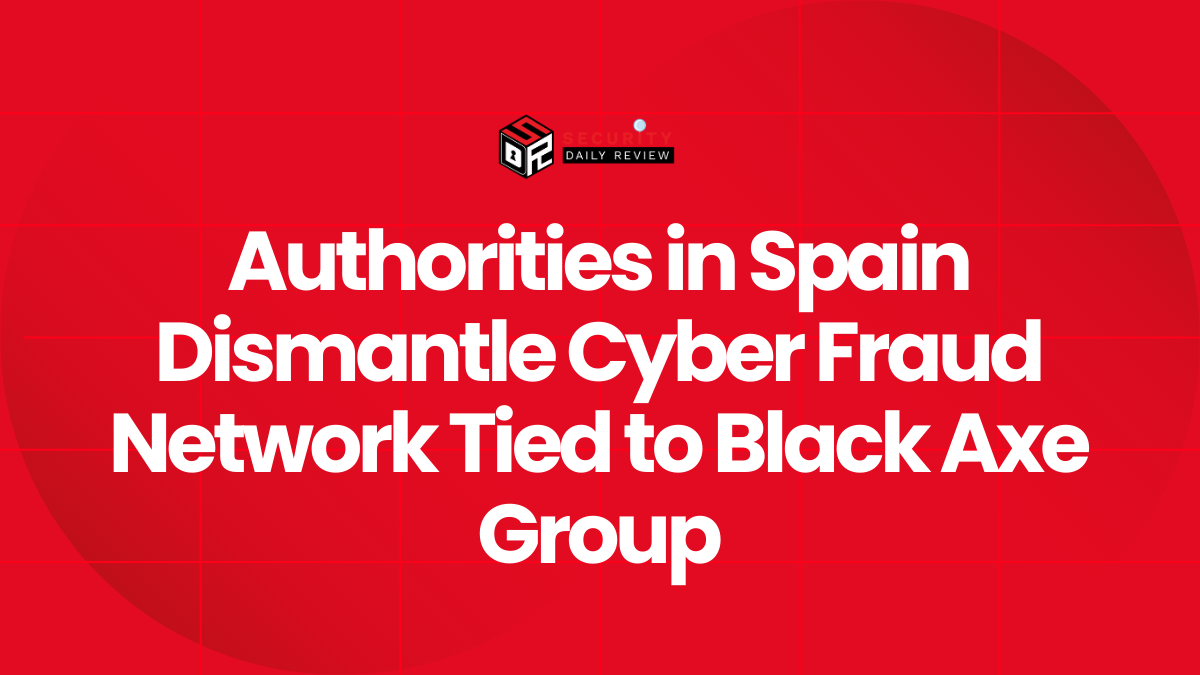The recent discovery of a critical SQL injection vulnerability in the FlyCASS cockpit access security system should serve as a stark reminder for enterprise businesses: cybersecurity is not just a technical concern, it’s a matter of national security. This incident highlights the potential for attackers to exploit vulnerabilities in seemingly secure systems, with potentially devastating consequences.
The FlyCASS Vulnerability: A Case Study in Critical Infrastructure Security
The FlyCASS vulnerability, discovered by researchers Ian Carroll and Sam Curry, exposed a critical weakness in the system designed to verify crew members’ eligibility for jumpseat access, potentially allowing attackers to gain unauthorized access to restricted areas, including cockpits, without going through standard airport security checks.
FlyCASS: A System Designed for Crew Verification
FlyCASS is a web-based system primarily used by smaller airlines to fulfill the requirements of the Known Crewmember (KCM) program and the Cockpit Access Security System (CASS), a TSA initiative aimed at ensuring the safety of flight crews. The system verifies crew members’ credentials against a database of authorized personnel, ensuring that only legitimate crew members are granted access to secure areas, like cockpits.
The SQL Injection Flaw: How the vulnerability works
- The SQL injection flaw: The vulnerability lies in the FlyCASS login page, where attackers can inject malicious SQL queries into the crew members’ database. This malicious code can manipulate the database’s logic, potentially allowing attackers to add new users, modify existing entries, or even delete data.
- Exploiting the flaw: An attacker could use this vulnerability to add a new user account to the FlyCASS database, granting that user access to restricted areas without going through the standard security procedures.
- Proof-of-concept: The researchers demonstrated the vulnerability by adding a “Test” user account to the database. This user was immediately granted authorization for KCM and CASS use, highlighting the potential for attackers to gain unauthorized access to sensitive areas.
The Response: DHS Acknowledgment and TSA Denial
Following the discovery, the researchers responsibly disclosed the vulnerability to the Department of Homeland Security (DHS), which acknowledged the bug report and assured necessary action. FlyCASS was disabled from the KCM/CASS system until the flaw could be remedied.
However, despite the disclosure and the initial acknowledgment by the DHS, the researchers received a statement from the TSA denying the actual exploit. The TSA claimed that no government data or systems were compromised and that there were no transportation security impacts related to the activities. They also emphasized that they do not solely rely on this database to verify crewmember identity and have procedures in place to ensure the verification of crew members.
“In April, TSA became aware of a report that a vulnerability in a third party’s database containing airline crewmember information was discovered and that through testing of the vulnerability, an unverified name was added to a list of crewmembers in the database. No government data or systems were compromised and there are no transportation security impacts related to the activities,” the TSA stated.
Beyond FlyCASS: The Broader Implications for Enterprise Cybersecurity
While the FlyCASS vulnerability is specific to a particular system, it highlights a broader issue: the need for robust cybersecurity measures across all critical infrastructure, including aviation security.
Here’s why this should concern enterprise businesses:
- Critical infrastructure is vulnerable: The FlyCASS incident demonstrates that even seemingly secure systems can be vulnerable to attack.
- SQL injection is a common threat: SQL injection is a well-known and widely exploited vulnerability, making it crucial for enterprises to implement safeguards against it.
- The consequences are severe: The potential consequences of a successful attack on critical infrastructure can be catastrophic, ranging from financial losses to loss of life.
Protecting Your Enterprise from SQL Injection Attacks
Every enterprise, regardless of size or industry, needs to take steps to protect itself from SQL injection attacks. Here’s a comprehensive guide:
1. Implement Secure Development Practices:
- Use parameterized queries: This technique separates data from SQL queries, preventing attackers from injecting malicious code.
- Validate user input: Always sanitize user input to remove any potentially harmful characters or code.
- Regularly update software: Keeping software up-to-date is crucial to patch vulnerabilities that could be exploited by attackers.
2. Deploy a Web Application Firewall (WAF):
- Identify and block attacks: WAFs can help identify and block SQL injection attacks by inspecting incoming traffic for malicious patterns.
- Protect against a range of threats: WAFs provide a comprehensive layer of security against a wide range of web application attacks, including SQL injection, cross-site scripting (XSS), and more.
3. Conduct Regular Security Audits:
- Identify vulnerabilities: Regular security audits can help identify potential vulnerabilities in your systems, including SQL injection flaws.
- Prioritize remediation: Once vulnerabilities are identified, it’s crucial to prioritize their remediation to minimize the risk of exploitation.
4. Train Your Employees:
- Awareness is key: Educate your employees about the dangers of SQL injection attacks and how to avoid them.
- Social engineering awareness: Train employees to recognize and avoid social engineering tactics that could lead to a breach.
The Future of Enterprise Cybersecurity: A Proactive Approach
The FlyCASS incident underscores the need for a proactive approach to enterprise cybersecurity. It’s not enough to simply react to threats after they occur. Instead, organizations need to invest in robust security measures, implement secure development practices, and continuously monitor their systems for vulnerabilities.
This proactive approach must also extend to data protection and recovery. Organizations must prioritize comprehensive backup and disaster recovery strategies, including the use of immutable and air-gapped backups, which cannot be altered or deleted by attackers, stored offline and physically isolated from the network. These measures ensure data integrity and recovery in the event of a breach, minimizing the impact of a successful attack.
By taking these steps, enterprises can help ensure the safety and security of their critical infrastructure and protect themselves from the devastating consequences of a cyberattack.









